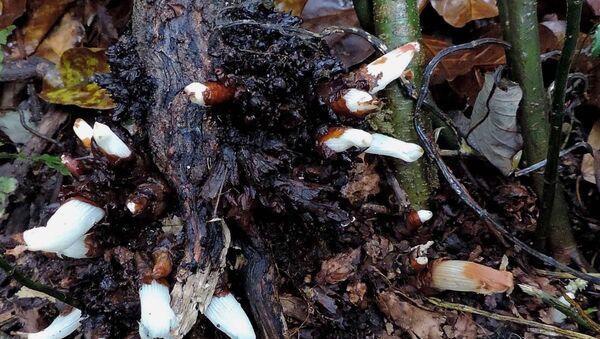New Delhi (Sputnik) — A team of Indian and Russian scientists have discovered a new species of parasitic flowering plant that survives on the chlorophyll of another species of plant. The species Gleadovia konyakianorum was found in Mon district of Nagaland in India's northeast at an altitude of 1500-1600 meter during a botanical exploration conducted under the Botanical Society of India. The new species is named in honor of the Konyak tribe of Nagas predominantly inhabiting in the eastern Nagaland.
"Gleadovia konyakianorum is growing as a parasite on the stilt and subterranean roots of Strobilanthes on the bank of streams. The habitat of the species is represented by mountain terrain at an altitude of 1500-1600 meter with the semi-evergreen forest coverage. Flowering in the month of April," said Dilip Kumar Roy, a scientist with the Botanical Survey of India (BSI).
Gleadovia konyakianorum: Scientists discover new parasitic plant in Nagaland… https://t.co/woSPUaGwOv (via juice.li) pic.twitter.com/BA506hakIE
— Guy Burtenshaw (@GardenPresEvent) 20 ноября 2017 г.
Another BSI scientist N Odoyo and a Russian scientist, Leonid V. Averyanov were also involved in the discovery. The detailed report is published in the journal Phytotaxa.
The new species is currently known only from the type locality. About 15-20 individuals were found growing on the same host plant. Nearby areas of about 10 square kilometers were thoroughly surveyed, but no additional plants were located. "Habitat destruction caused by the illegal felling of trees is the major threat to this species," scientists said.



